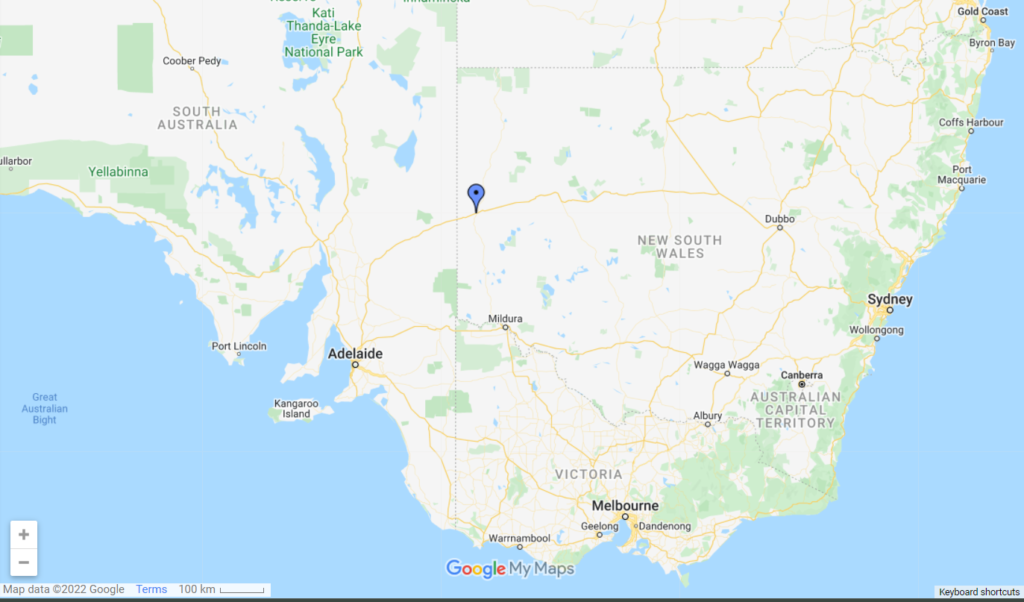While the flood waters may have subsided and the massive clean-up operation begun in areas of northern and eastern parts of New South Wales, in the far west of the state more heavy rain caused flash flooding on 15 March 2022.
Australia’s Bureau of Meteorology (BoM) said that 26mm of rain fell in 30 minutes at the outback city of Broken Hill, as slow moving storms ran over western NSW. Many rescue operations were undertaken and one fatality has been confirmed as a direct result of the flash floods.

Brisbane’s Aftermath
Brisbane got 80% of its average annual rainfall in just three days, with more water dropping on the city than typically falls in London over a year.
More than 20,000 Brisbane homes were inundated, with many rendered uninhabitable.
In Brisbane, more than 18,000 property damage assessments have been undertaken, with 1,800 homes confirmed as severely damaged. Across the metropolitan areas, over 1,000 people from 461 households received emergency housing.
Despite the Bureau of Meteorology issuing a specific warning of the incoming heavy rain on February 23, many residents in Brisbane feel that the local authorities failed to adequately prepare or warn people in time for them to save their possessions and evacuate.
Concerns are also being raised about how the inadequacy of the Wivenhoe Dam, to the west of Brisbane, may have contributed to this year’s floods.
The dam has not met national safety guidelines since 2002, further documented by findings from an official enquiry into the 2011 floods that the dam’s design contributed to the flooding of 20,000 homes in Brisbane that year.
With the costs of climate change, environmental, human and financial, feeling very real in Australia, questions are being raised as to whether the nation is adequately preparing for its own future.
